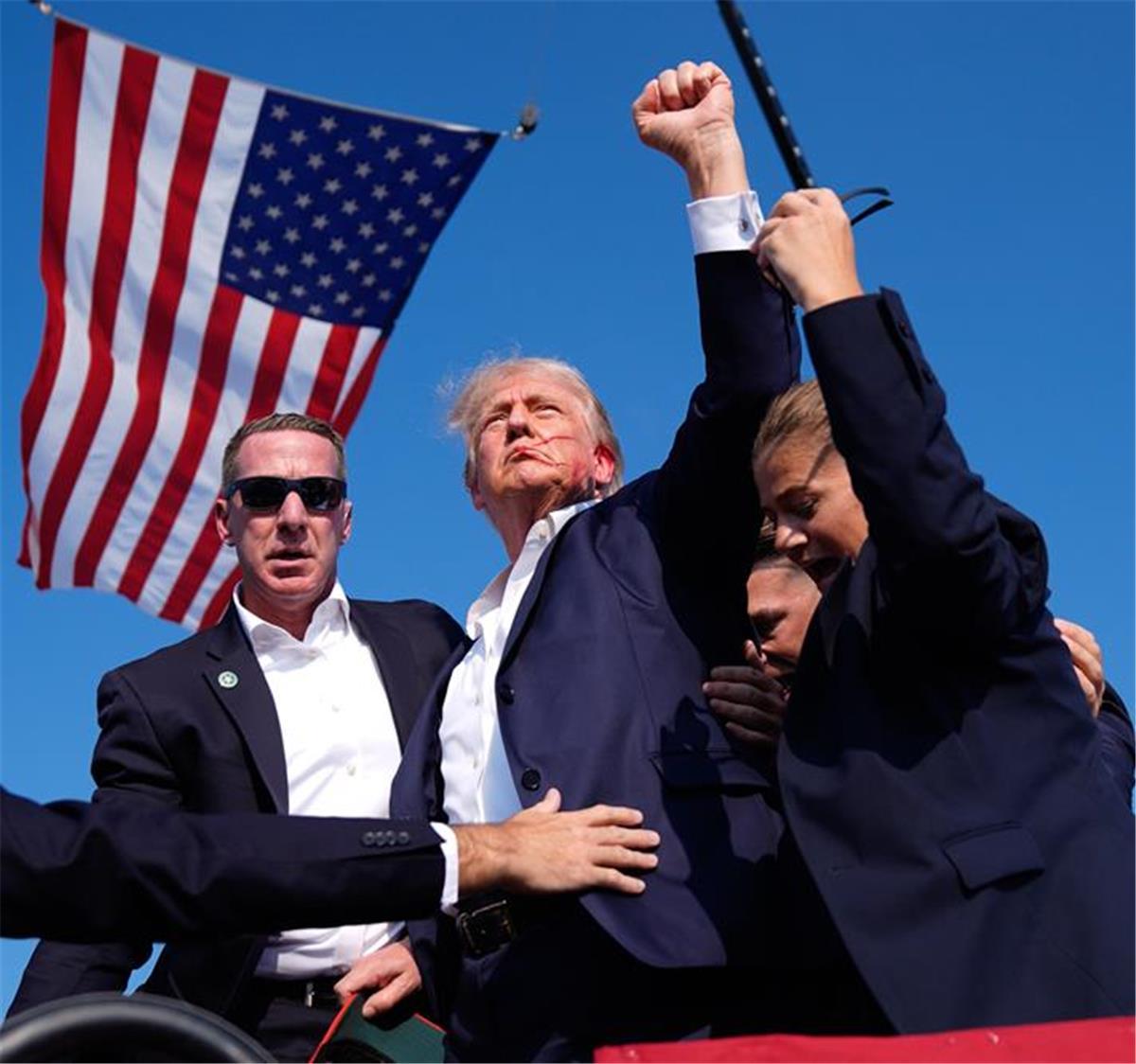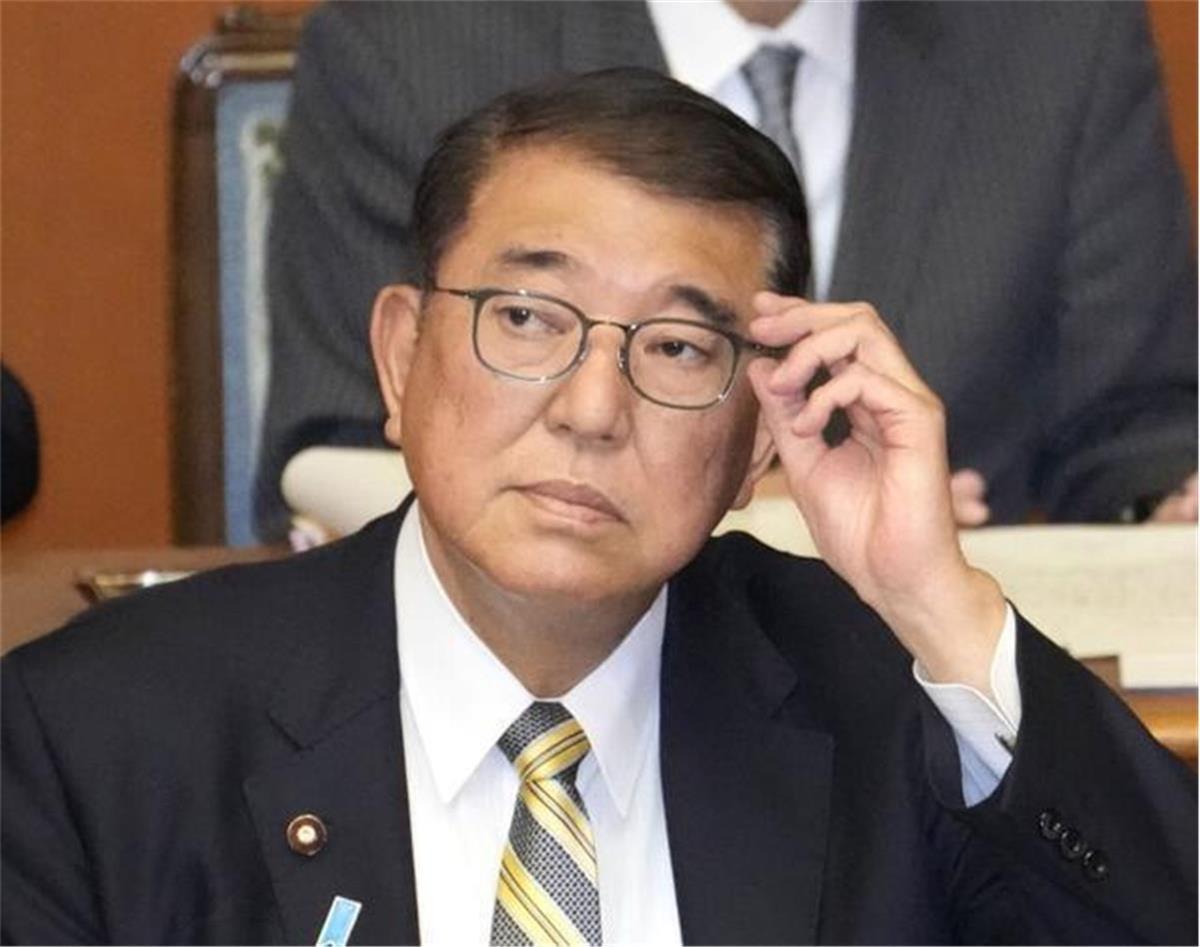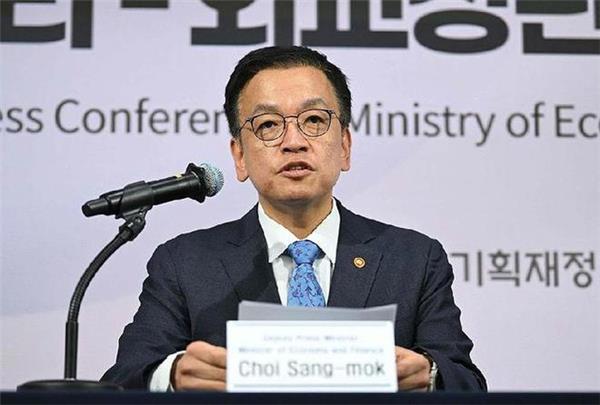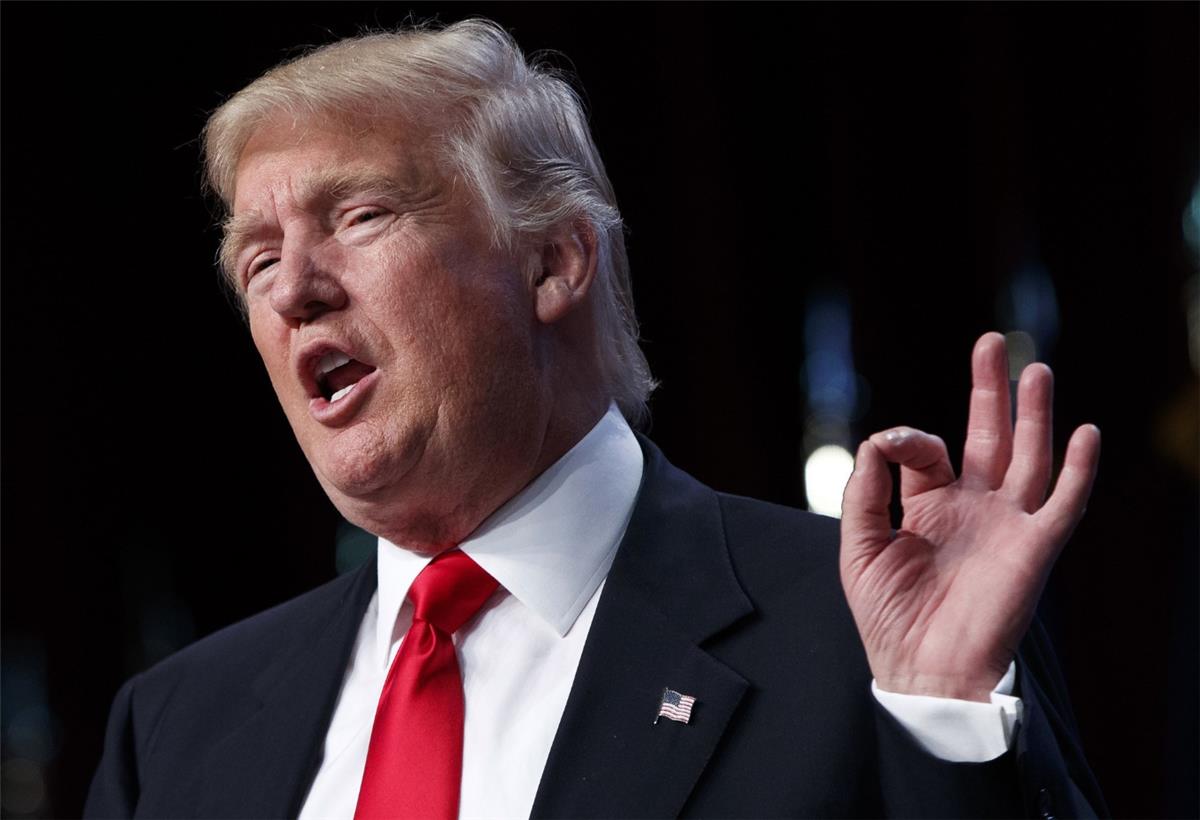George W. Bush led the country during a time of great challenge and change.
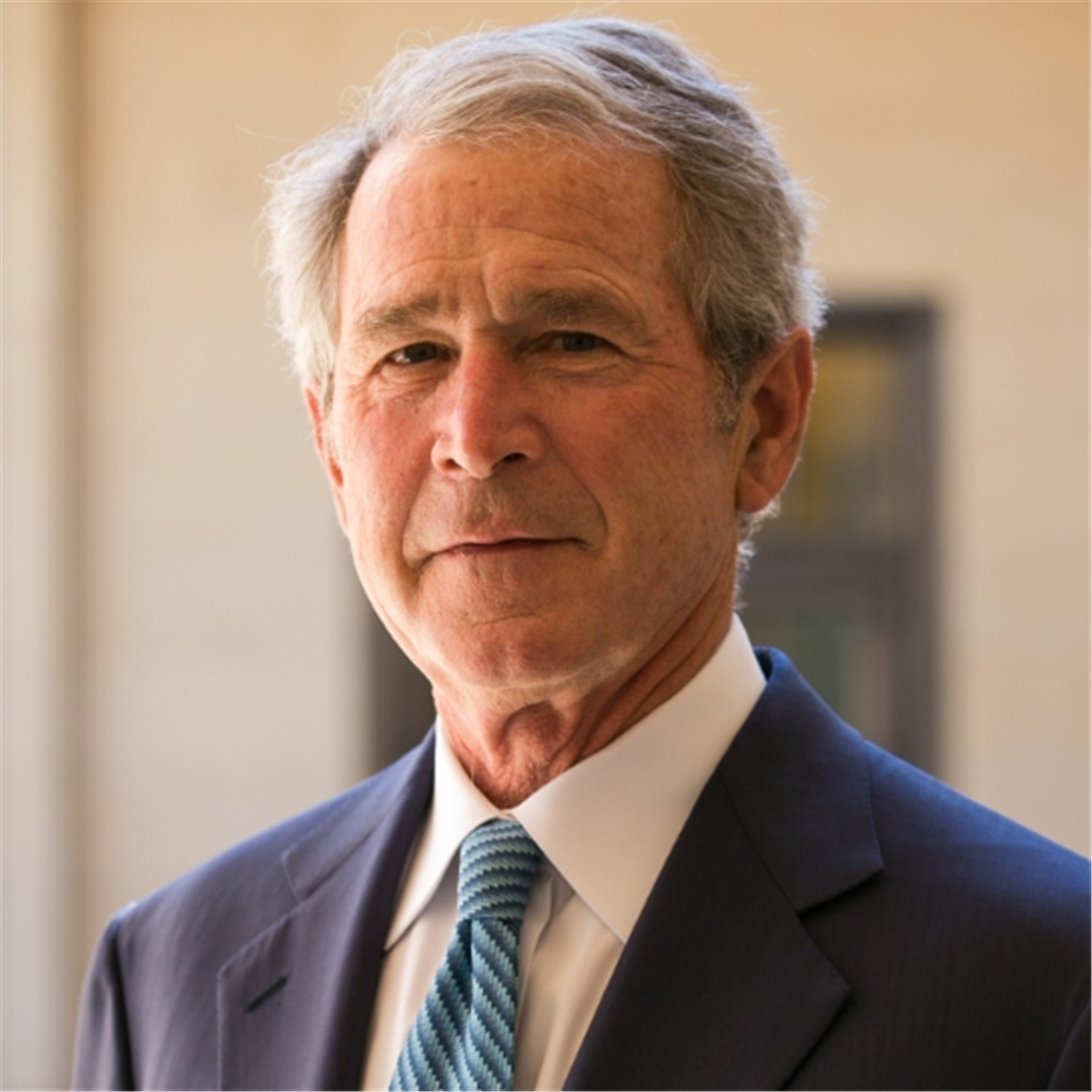
President George W. Bush presided over a time of great tragedy and triumph. At different points during his presidency he stood as one of the most popular American presidents in history after the attack on the World Trade Center on September 11, 2001, and one of the least popular after the war in Iraq. His political tenure inspired great defenders and ferocious critics. He will be debated and discussed for decades to come.
George W. Bush took office in 2001 as only the second President of the United States whose father had also been president. The elder President George H.W. Bush served one term in office from 1989 to 1993. The other father and son to achieve this feat was John Adams, who served from 1797 to 1801, and his son John Quincy Adams, who served from 1825 to 1829. Moreover, George W. Bush became one of only five U.S. Presidents to win the presidency through an electoral vote majority, yet lose the popular vote. Interestingly John Quincy Adams also won the presidency without winning the popular vote.
George W. Bush was born on July 6, 1946, the eldest son of George Herbert Walker and Barbara Pierce Bush in New Haven, Connecticut. The young Bush always followed his father’s lead, whether it was enlisting in the Texas Air National Guard or serving as President of the United States. Although Bush was not an exceptional scholar, he attended some of the finest schools in the United States, including Phillips Academy Andover, Yale University, and Harvard Business School.
Bush’s military service was controversial. He served as a pilot in the Texas Air National Guard during the Vietnam War, but avoided combat by remaining stateside for much of his military stint. After the war, Bush’s professional endeavors were largely unsuccessful and ill-defined and ranged from selling airplanes to working in the alcohol sales industry and real estate. Bush eventually settled into the oil industry, worked for several different companies, and started his own energy firm before becoming a part owner of the Texas Rangers baseball team. In 1977, he married Laura Welch, daughter of a wealthy Midland, Texas, doctor. They had twin daughters, Jenna and Barbara, in 1981.
As President, Bush was widely known as an evangelical Christian but his religious awakening, and with it his sobriety, did not occur until he was almost 40 years old. He later famously credited his recovery to the intervention of “some higher power”—which he said could be interpreted “any way you want to.” George W. Bush, Decision Points (New York: Crown Publishers, 2010), 82. Bush made his first run at political office in 1978, entering the Texas House seat being vacated by his father. Bush was easily defeated, however, by the incumbent’s chosen successor. He did not seek elected office again until after his father left the White House.
After losing the House race, Bush turned to the oil industry, working at several different companies, and started an energy company of his own. His business acumen improved, and Bush became a part owner of the Texas Rangers baseball team. In 1993, George W. Bush again sought elected office. He won the Republican Party’s nomination for governor and then beat the popular Democratic incumbent, Ann Richards, in a surprising upset. While in office, Bush championed educational reform, juvenile justice reform, welfare reform, and tort reform. He also appointed a significant number of African Americans and Latinos to important state positions.
In 1998, Bush was easily reelected as governor of Texas. He then launched his bid for the presidency and won the Republican nomination over Senator John McCain of Arizona. In November 2000, Bush won the presidency over Democratic nominee and Vice President Al Gore in one of the most controversial elections in American history. Gore won the national popular vote by over 500,000 ballots, yet Bush triumphed by one electoral vote, 271-266, in the decisive state of Florida. Bush’s margin of victory was the smallest since Grover Cleveland’s 1-vote triumph in 1884, and the election did not conclude until December 13, 2000, when the U.S. Supreme Court ruled in Bush’s favor. George W. Bush was sworn in as President of the United States on January 20, 2001.
George W. Bush launched his presidency against a highly polarized political landscape. The Republican Party sought to regain the White House after eight years of a controversial Presidency of Bill Clinton, and many Democrats refused to accept the 2000 election as legitimate. Bush’s philosophy of “compassionate conservatism” defined his domestic policy agenda. Compassionate conservatism was a policy philosophy that used traditional conservative principles, such as limited government and the free market, to foster a society where individuals could pull themselves up by their bootstraps, and local institutions like churches could help those that could not help themselves. President Bush sought to create a culture that provided a safety net for needy individuals without creating a state-dependent society. Compassionate conservatism, Bush believed, would be the antidote to liberal social engineering and a new way of governing.
One of the key initiatives of Bush’s compassionate conservative agenda was his faith-based social services initiative. Bush believed that churches and other religious-based organizations could help to deliver much-needed social services to those in need. In 2001, he created the White House Office of Faith-Based and Community Initiatives, which provided federal resources to religious organizations in an effort to bridge the gap between government and the private sector.
Education was another major goal. In 2001, with bipartisan support in Congress, Bush signed the No Child Left Behind Act into law. The act raised national education standards by requiring schools to administer state-level standardized testing. School districts that failed to make adequate yearly progress were subject to restructuring. Although an important effort to raise national education standards, the law also created significant controversy. It placed national testing benchmarks over state and local curriculums and was highly bureaucratic, undermining local control of schools.
President Bush’s domestic policy agenda also focused on health care reform. His Medicare Modernization Act of 2003 established prescription drug benefits for seniors at an estimated cost of $400 billion per decade. The act also created health savings accounts that enabled individuals to put money aside for medical expenses and made significant changes to Medicare to provide a more competitive health-care marketplace. In 2003, the President called upon Congress to implement his plan to partially privatize Social Security. Individuals would be able to divert a certain amount of money from their Social Security taxes into personal investment retirement accounts. Although a top goal, Bush’s proposal ultimately stalled in Congress during his first term in office.
George W. Bush’s economic plan closely hewed to conservative supply-side principles. In his first term, Bush won passage of a $1.35 trillion tax cut plan, though it came at price—he had to agree to make the tax cuts expire in 2010. Critics derisively referred to Bush’s plan as “Reagonomics lite.” It did little to stimulate economic growth as revenues continued to decline and government expenditures continued to rise. After inheriting a growing slowdown from the end of the Clinton era, unemployment grew to 6.3 percent by February 2003, but by mid-2006 it dropped to 4.8 percent.
The Dow Jones Industrial Average topped 14,164 by October 2006, up almost 6200 points or over 75 percent from his inauguration in January 2001. The Bush administration’s “hands-off” approach to economic regulation continued, however, as the budget moved from surpluses to over $400 billion in annual deficits. Bush also presided over the most significant overhaul of the Internal Revenue Code since the 1980s, simplifying many areas of the federal tax code, while also enacting new laws designed to encourage business investment.
On domestic security, President Bush established the Department of Homeland Security, passed the USA Patriot Act to allow greater law enforcement powers, and established the Terrorist Threat Integration Center, designed to streamline and coordinate intelligence between federal agencies. Vice President Dick Cheney and other so-called “neoconservatives” in the Bush administration urged a robust and proactive foreign policy, particularly towards rogue regimes who sponsored terror. This group argued that in the post September-11 world, “the security of the American people depend[ed] on an active and purposeful U.S. foreign policy.” Cheney argued that the United States had to use its “military strength to promote freedom’s cause on the broadest possible stage.” Many critics vehemently disagreed with this point of view.
On foreign policy, George W. Bush’s administration was initially less interventionist than his campaign promised. Bush inherited an international agenda with several hot spots, including relations with China, Israel-Palestine relations, Russia, and North Korea. Bush hoped to forge a strong relationship with Russian President Vladimir Putin, believing that the two leaders had established a personal understanding. This dream quickly faded, however, as the United States and Russia found themselves in disagreement on many issues, particularly America’s abandonment of the Anti-Ballistic Missile Treaty and its invasion of Iraq.
On China, relations quickly deteriorated after American pilot Lt. EP3-D Lieutenant Commander Shane Osborn and his crew were forced to make an emergency landing on Chinese soil after a midair collision with a Chinese fighter jet. The Chinese detained the Americans for nearly two weeks.
 Famous Persons
Famous Persons English
English
 Jerry
Jerry Facebook
Facebook Twitter
Twitter Pinterest
Pinterest Linkin
Linkin Email
Email Copy Link
Copy Link